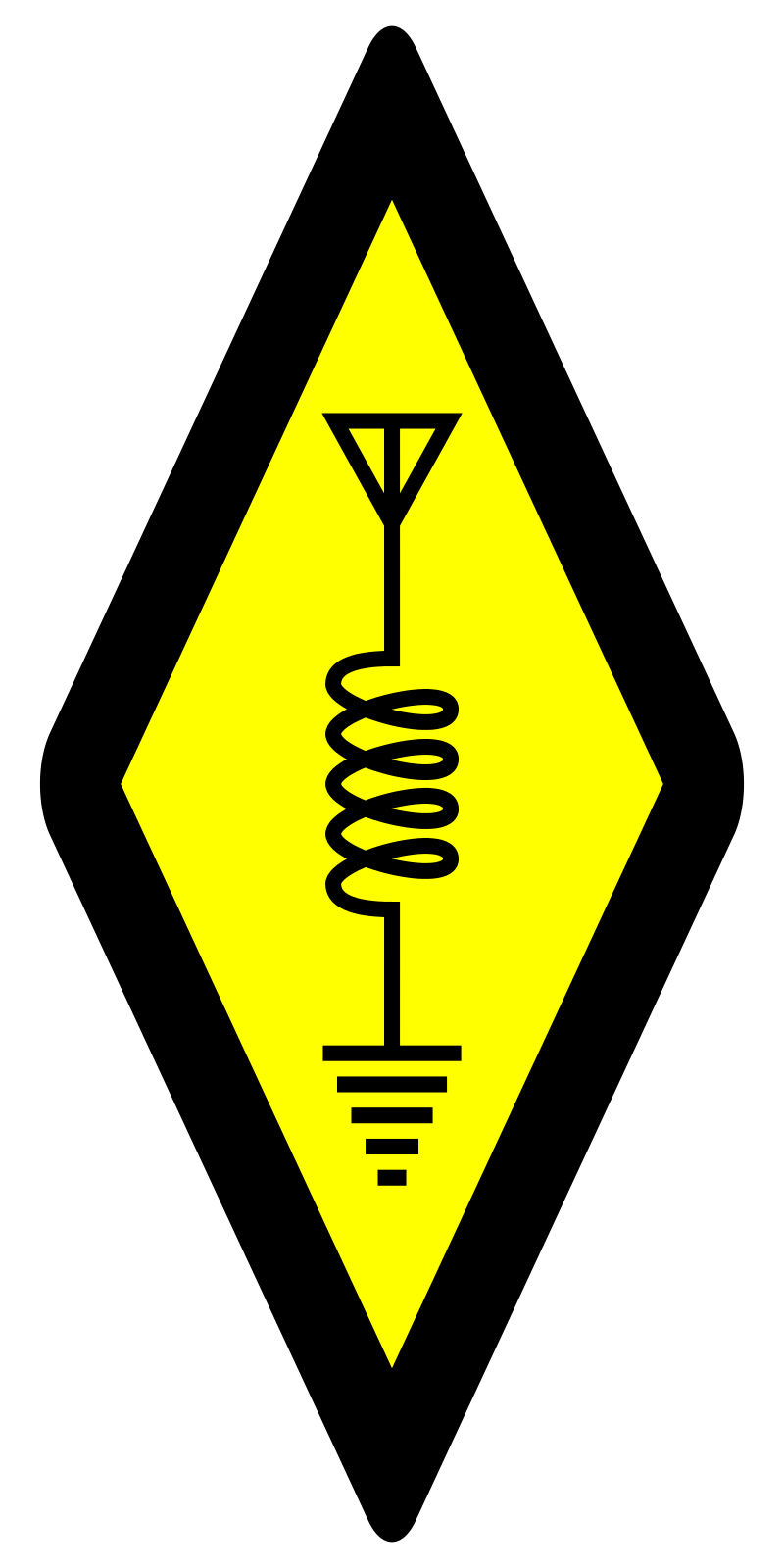wait, do you want to use it at 140-ish MHz? these antennas will be quite sizable no matter what you do. you can make cross-dipole yagi but with loops instead of straight elements to make it a bit more compact. again, one director will be fine, hell you can even skip it too and just use driven element + reflector. take reflector + driven element from there https://www.robkalmeijer.nl/techniek/electronica/radiotechniek/hambladen/qst/1990/01/page24/index.html and first director from there https://www.iw5edi.com/ham-radio/2425/directional-antennas-cubical-quad this will get you antenna looking roughly like 60x60x70cm box, 60x60x40cm for two-element version. you can get away with using ferrite beads instead of these bespoke sleeve baluns, it’s done this way because it’s made for high power. i don’t think you can get much more compact. you will have to resize it for your frequency. closest band is 144MHz
really you can use any calculator for cubical quad yagi like this one https://www.qsl.net/yt1vp/CUBICAL QUAD ANTENNA CALCULATOR.htm, just with this modification that instead of one feed you need two feeds geometrically 90 degrees apart, that are electrically also 90 degrees apart. this means you can use feed system like this one for 435MHz:

just scaled up for your frequency. also replace these sleeve baluns with a couple of ferrite beads and you’re good to go. mechanically, you can make elements from thick copper wire and you can make it all hold up partially on tension of that wire. remember to factor in velocity factors of your cables





now that i’m thinking, you can make loop antenna with circular polarization and mesh reflector with closer spacing that would be even more compact and that would have more of one sided donut shaped radiation pattern, which would be probably more suitable for your application, but it’s guaranteed to have different impedance and so would require simulation